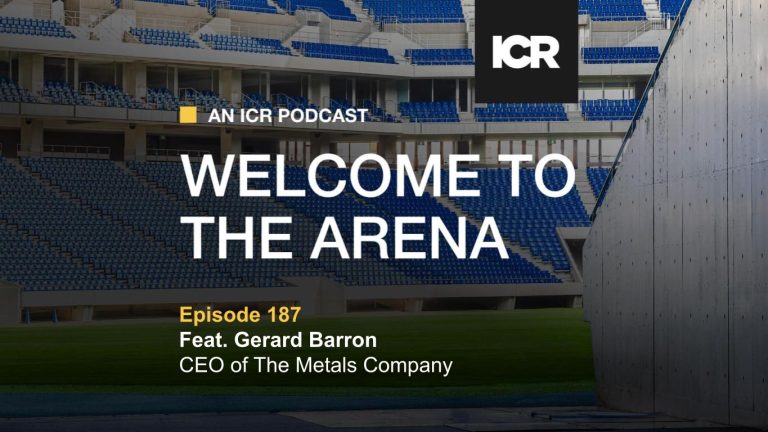For private companies looking to raise capital and gain access to the public markets, a SPAC merger is an increasingly attractive alternative to a traditional IPO or direct listing.
One key benefit to merging with a SPAC is that transitioning from a private entity to public company (and gaining needed capital) can be completed relatively quickly – sometimes in only three to four months versus a year or more for an IPO. The condensed de-SPAC or post-merger timeframe, though fraught with challenges, offers marketing opportunities an IPO simply cannot match.
In Part One of this two-part series, we covered the importance of developing a detailed communications plan covering investor relations (IR) and public relations (PR), the steps needed prior to the deal announcement, and ways to market the transaction to analysts, investors, the media and other key stakeholders. Now, we’ll get into how the right IR/PR plans and team can help with closing the deal and transitioning to a public company.
Maximizing De-SPAC Marketing Opportunities
Many investors will visit a SPAC’s IR website when researching new stock opportunities – even before the target company deal is announced. Some institutional investors won’t even consider investing in a company if it doesn’t have one.
Since your IR website is your first chance to make a great impression, your IR team – which will collect and regularly update the target company’s financials and news—will drive its creation and then continually refresh its content.
With the closing date approaching, the site will offer SPAC shareholders and prospective investors a user-friendly home page that explains the target company, including its mission, strategy, key points of differentiation and other relevant information. While the IR team will continue to post new content to keep investors up to date throughout the de SPAC process, it will also leverage the site to directly address potential investor questions and concerns at the closing.
Retaining Investor Interest During De SPAC
Initial SPAC investors essentially own a share of stock that’s backed by cash in a trust account. If they don’t like the acquisition the SPAC sponsor negotiates, they can choose to simply redeem their shares at the shareholder meeting and take their money back (with interest). Therefore, when it’s time to close, SPAC sponsors should not take the support of existing shareholders for granted.
A SPAC may underestimate, for example, the impact of complex deal structures on investor sentiment; or the importance of Environmental, Social and Governance (ESG) to institutional investment funds. In fact, with SPACs gaining popularity, ESG and governance advisory firms are beginning to watch closely. As deal size and institutional interest grows, these firms are weighing in more frequently with shareholder vote recommendations and highlighting potential governance oversights—all of which can significantly complicate the merger approval process prior to close.
Leverage your IR/PR team to connect with investors to address these concerns and share recent business developments that may help increase deal support and minimize redemptions. The IR/PR team may want to update and reissue conference presentations that reaffirm the target’s business strategies, both short and long-term, or schedule calls with key institutional investors.
Don’t take for granted that shareholders know how to vote. While large institutional investors will likely know how to vote in a timely manner, many retail or smaller funds may not. So, it’s important to drive/update shareholder awareness on every level.
It’s also important that the company leverages the closing of the merger with PR strategies designed to highlight the event, and thus the company’s start of trading under a new ticker symbol. Press releases, media outreach and a stock exchange bell event are all useful tactics to enhance awareness.
Driving de SPAC Demand
Once the merger closes, the target business essentially becomes the successor public company, and it’s important for the company’s management team to hit the ground running. The executive team is now part of an SEC-regulated company with an earnings call and other filing requirements coming up relatively soon. It’s easily the most important earnings call of the company’s public life, and to retain/attract investors, senior management needs to be ready to execute something they have never done before at the highest level.
In the first 100 to 180 days of public life, the executive team must deal with a range of investor issues not found with an IPO, with PIPE shares required to be registered (this can create selling pressure), warrants that are inherited from the SPAC structure, and rollover equity holders seeking an eventual liquidity event. This will necessitate a more aggressive IR program in the first 12 months of public life to drive further awareness, secure more sell-side coverage and a plan for a secondary offering for holders who signed lock-up agreements.
Having seasoned IR/capital markets and PR/media advisors on-hand with significant SPAC experience can help the SPAC leadership team and executives of the target company manage and work their way through a range of issues like these and others that will inevitably arise during this critical period. Failure to properly manage events at this time can often lead to a pressure on the stock price and frustrated investors.
Final Thoughts
While interest in SPACs may ebb and flow, they are here to stay because they solve a complex challenge IPOs can’t – they deliver more liquidity for private companies and their investors, and do it by allowing every possible investor to participate in a highly transparent way.
Many institutional investors praise the structure because it allows for better diligence with the company. Beyond being able to talk directly to management teams multiple times, they have access to a management presentation webcast, a detailed company PowerPoint, and unrestricted access to the target’s senior management team. Unlike an IPO, where they are limited to a single 45-60 minute meeting, a SPAC deal allows the opportunity for follow-up conversations to ensure they fully understand the business and its future potential.
To be successful, SPACs should assemble experienced IR/PR advisors that understand the de SPAC process, the industry of the target business, the challenges related to announcing and communicating a transaction to all constituents, and the all-important closing/shareholder vote processes.
For more on the evolution of SPACs, listen to ICR’s podcast, Welcome to the Arena.




